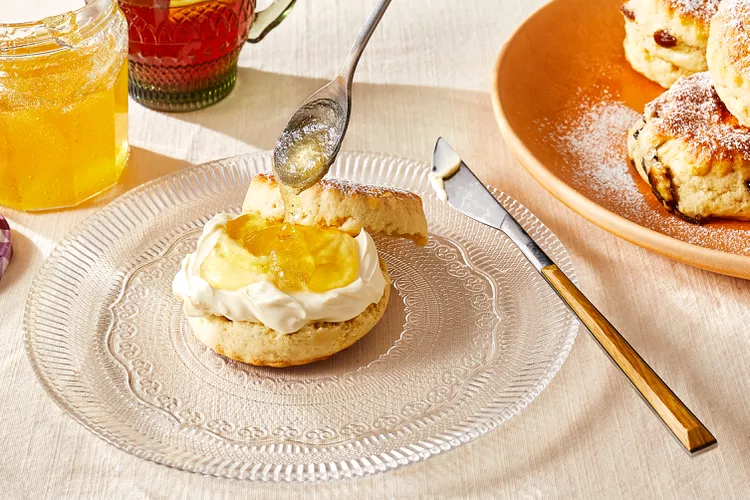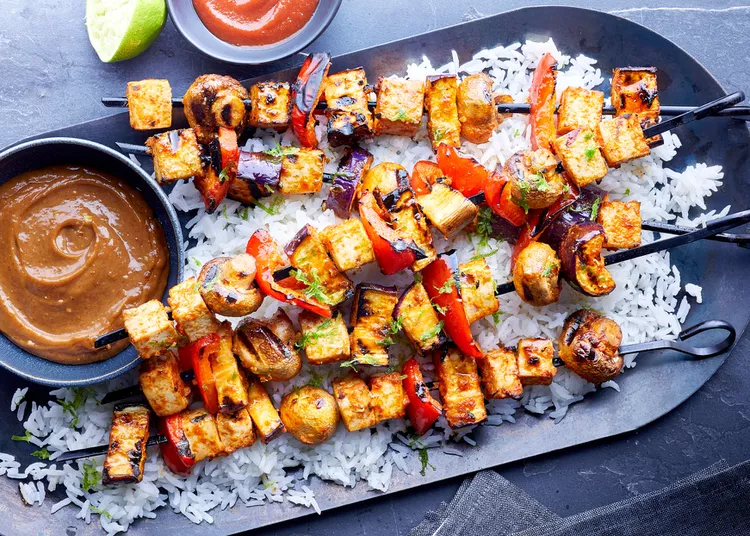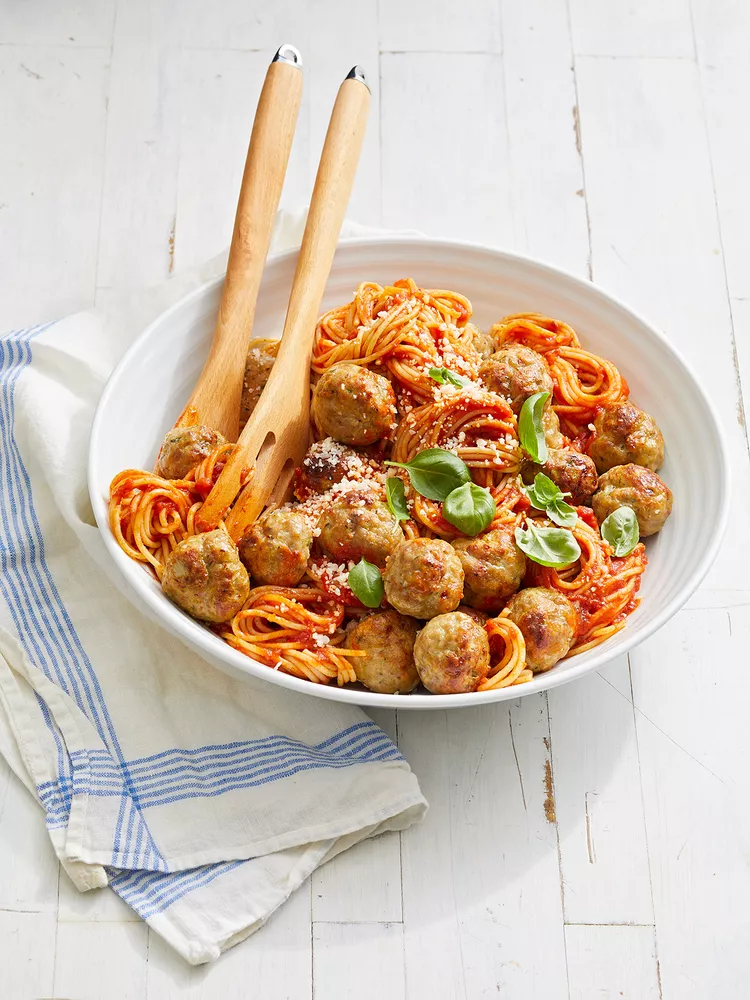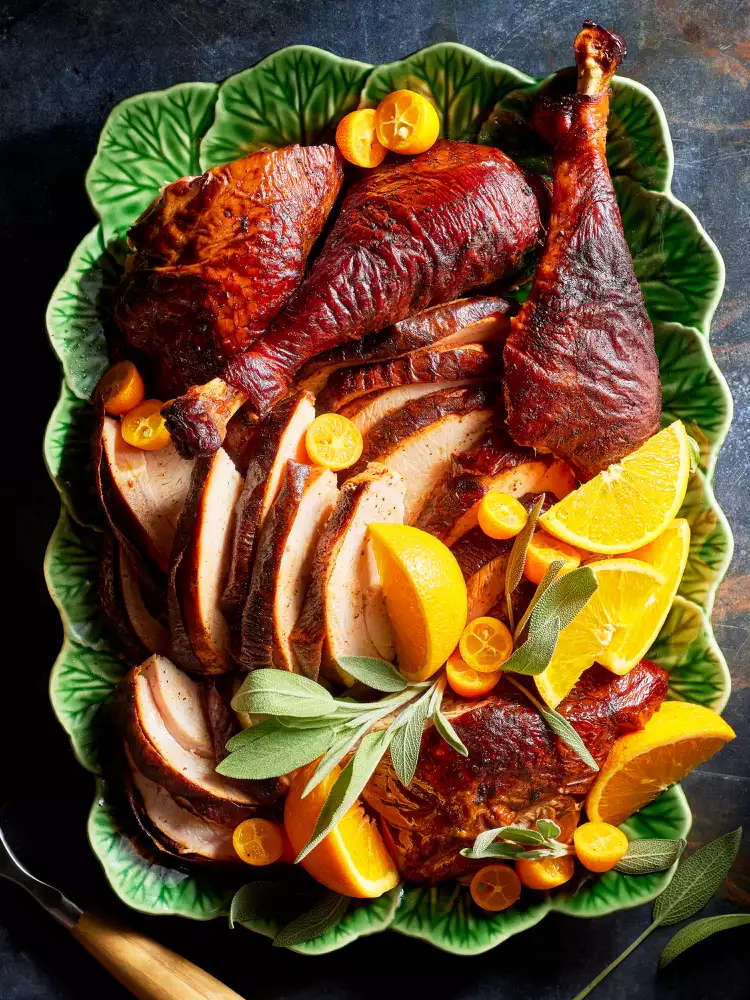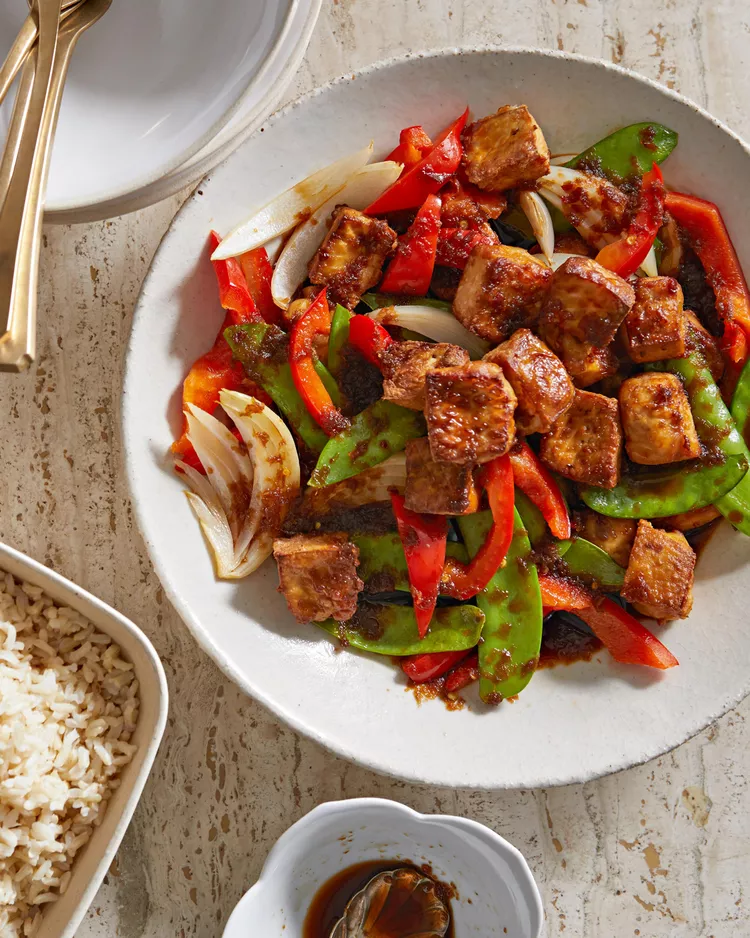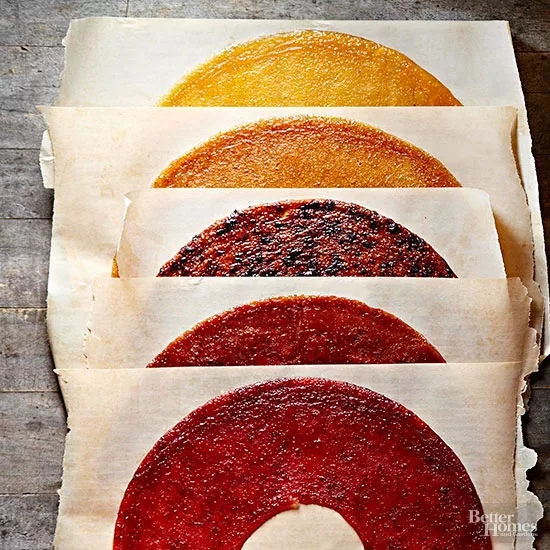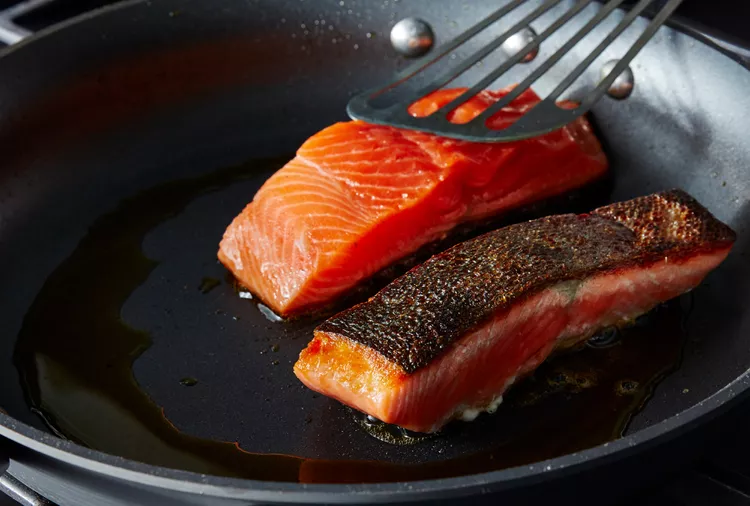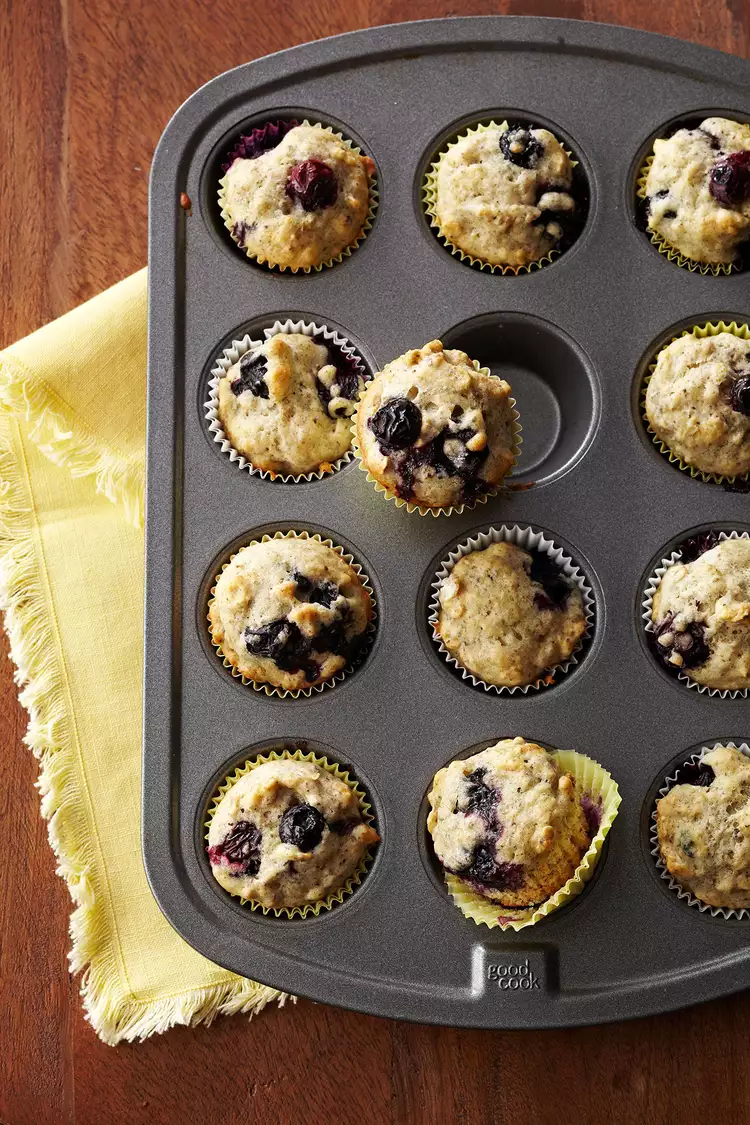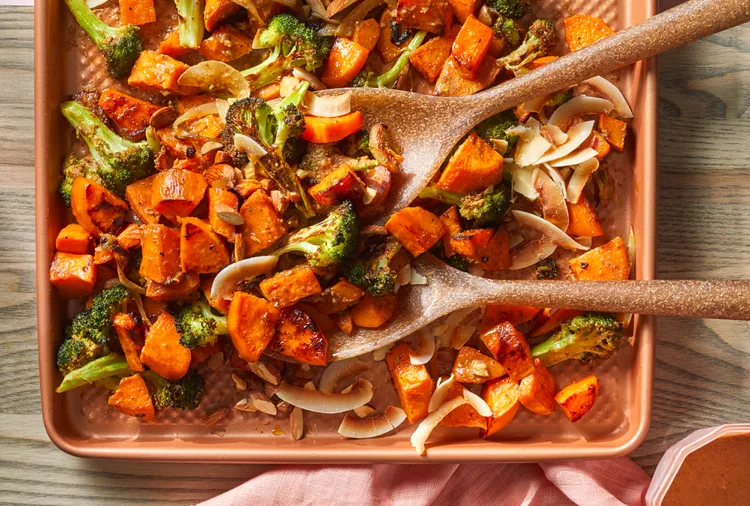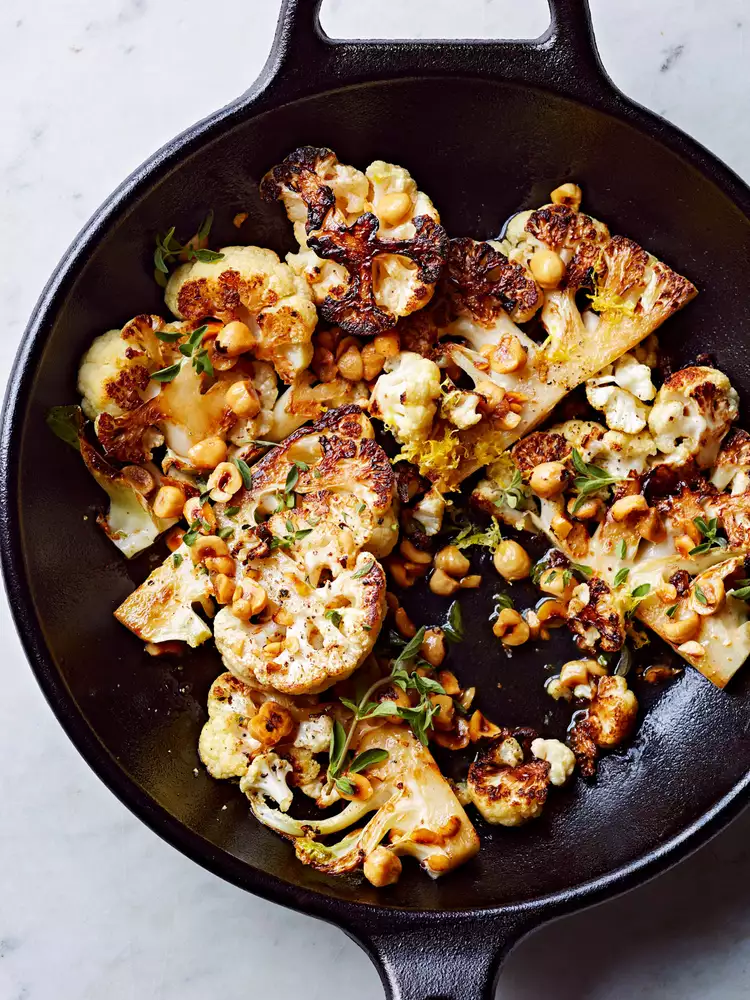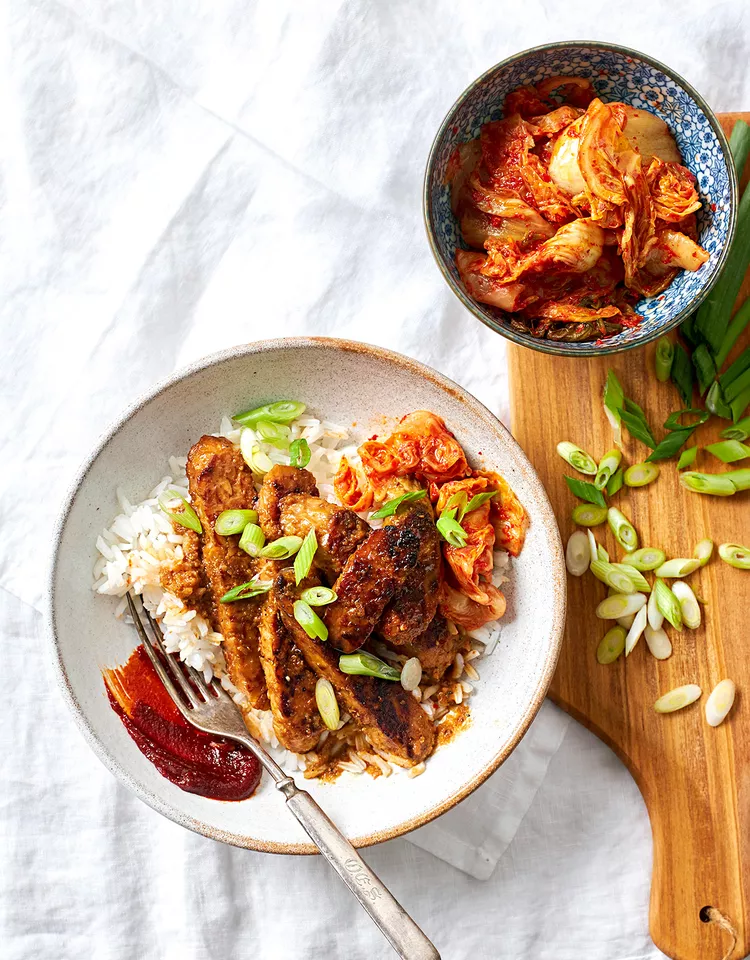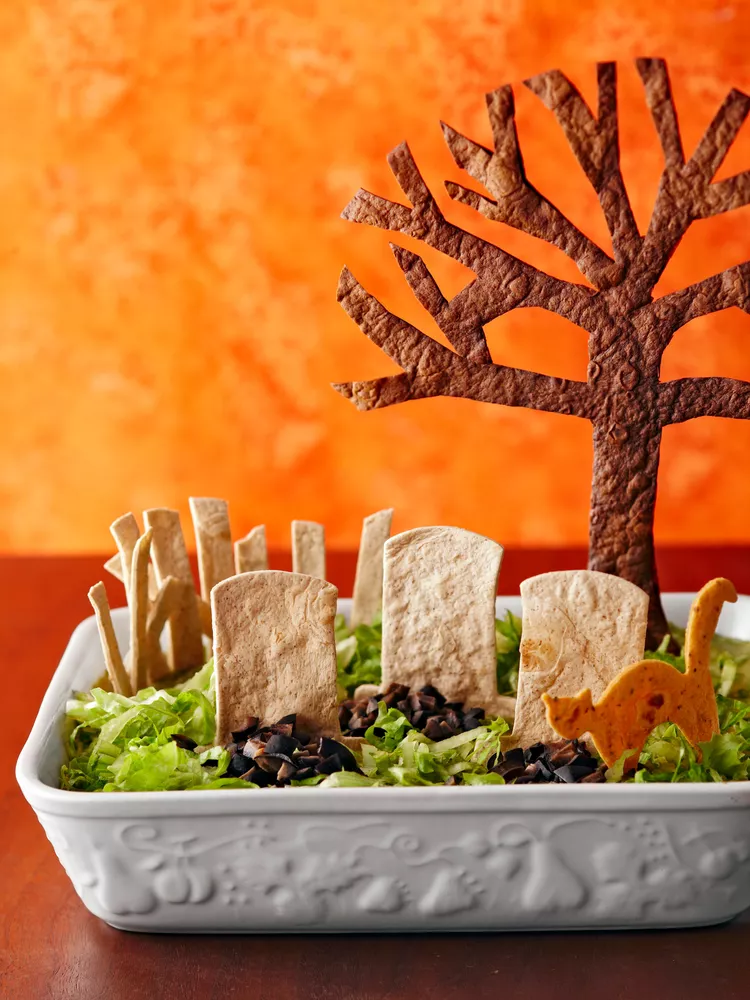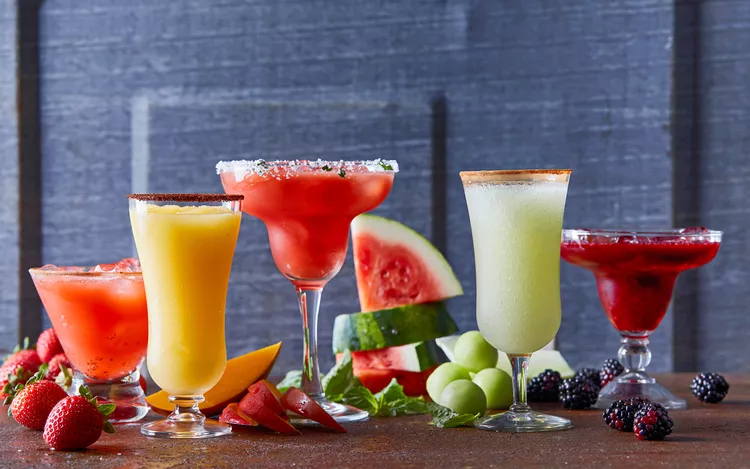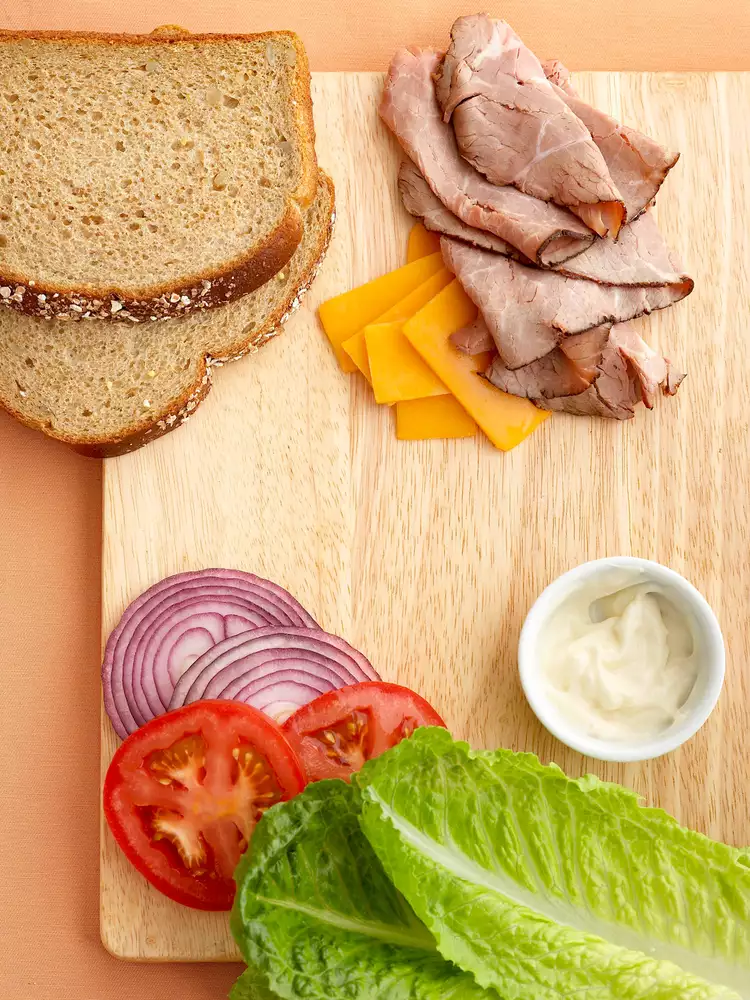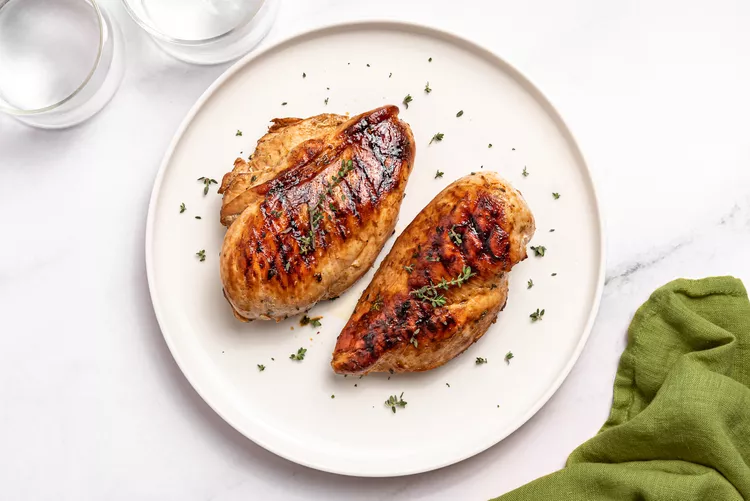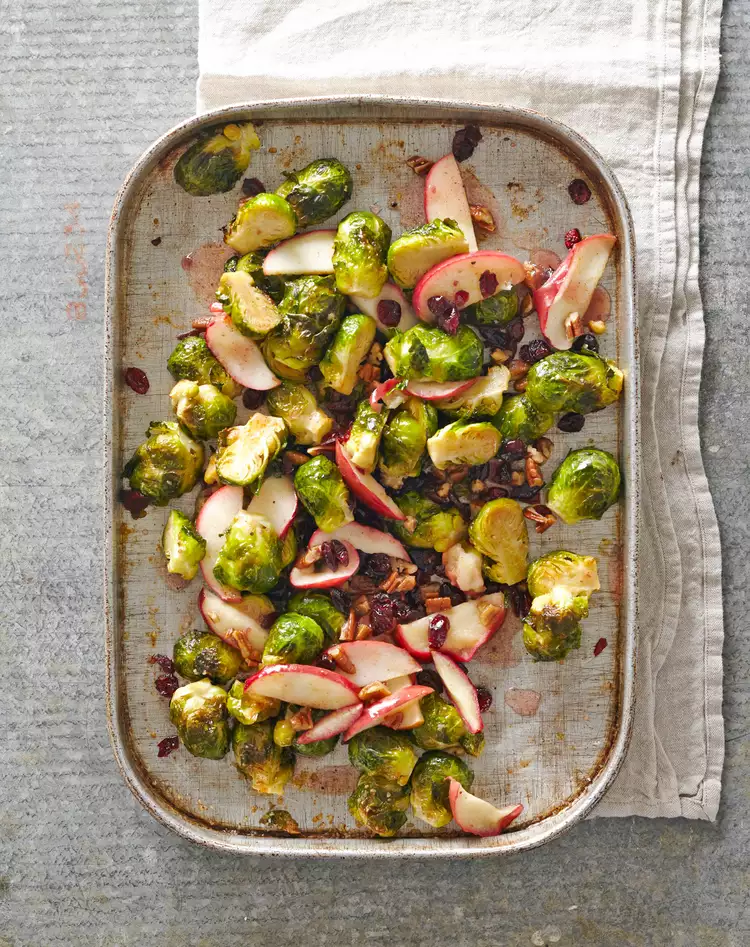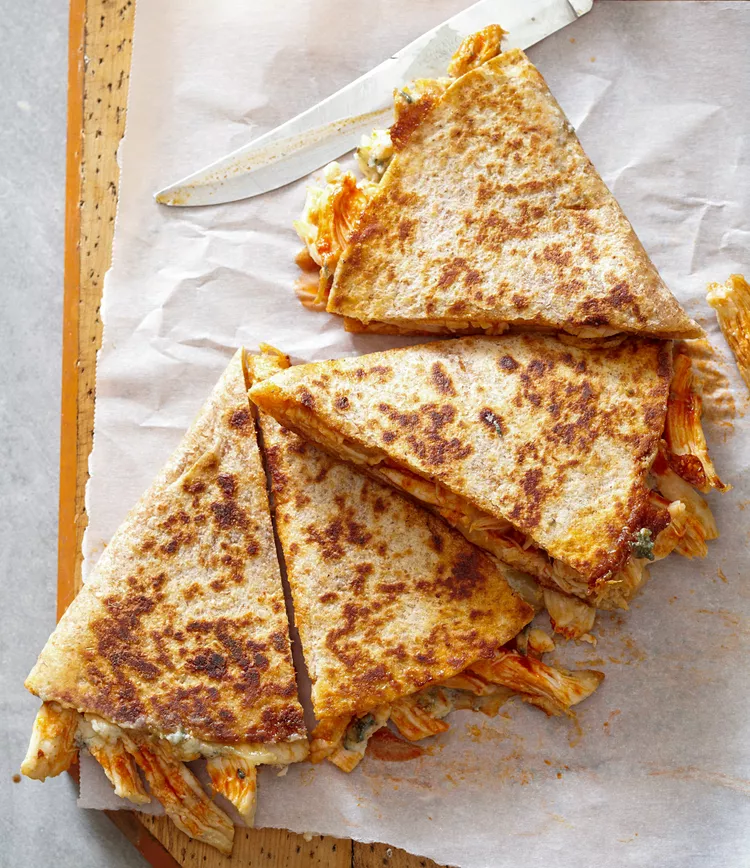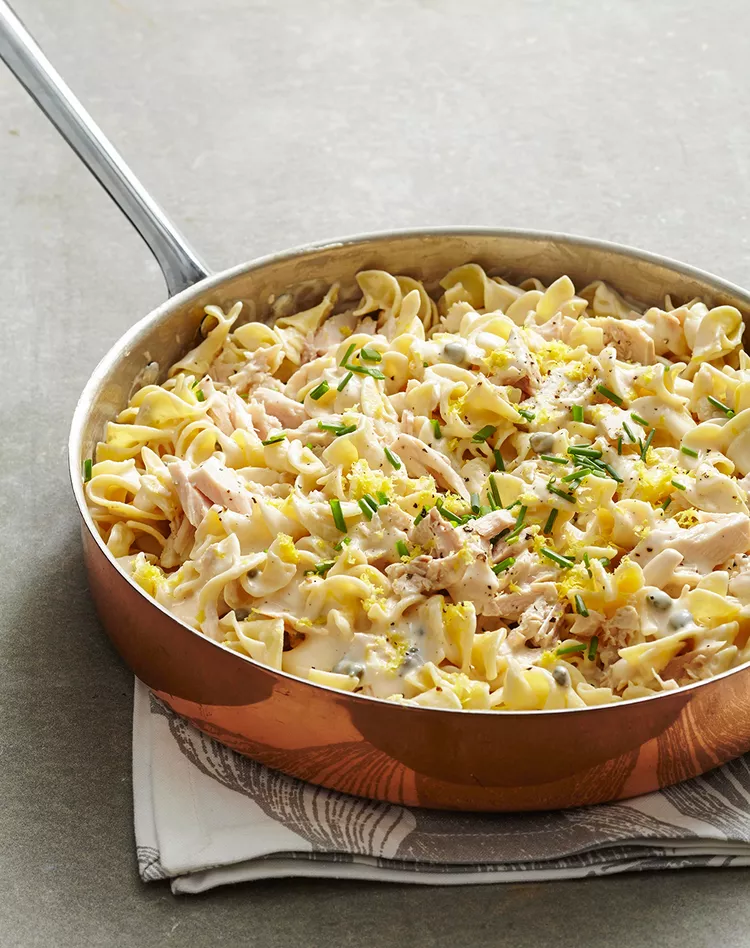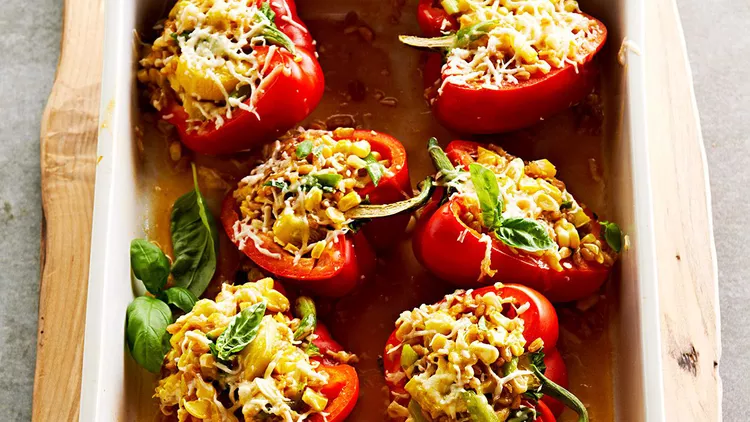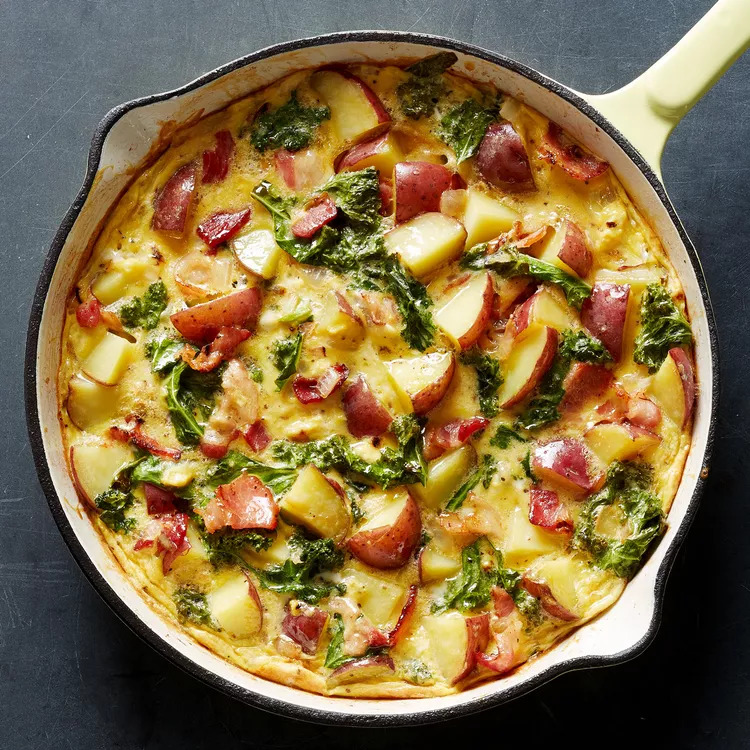End your search for a basic lemon jelly recipe here. We kept it to only four ingredients—lemons, water, sugar, and liquid fruit pectin—for the traditionalists out there who want only pure lemon flavor with no add-ons. Of course, if you are looking for more jelly flavor adventures, we have those too. if you like your jellies on the sweeter side, you could substitute Meyer lemons for the lemons called for in this recipe. Meyer lemons are smaller than regular lemons, so make sure you squeeze enough of them to get the volume of juice called for in the recipe.
As lemons are highly acidic, to can them as a lemon jelly, you'll use the boiling-water canner versus a pressure canner, which is used for low-acid foods. Though it takes a little while to bring the water in a canner to a full boil, you can get that started on another stove burner while you make the jelly itself. Then when your recipe is made, just process the jars for 5 minutes and let them cool. The bright, sunny color of the jelly will bring a smile to your morning as you spread it on your toast or a biscuit. It could also be used in thumbprint cookies or other sweets.
Tips for the Best Lemon Jelly
For the best lemon jelly, keep these tips in mind:
- Choose the freshest lemons: Choose ripe, bright lemons for the most vibrant flavor.
- Be patient: Give the zest time to steep and infuse for the most lemony flavor.
- Adjust the sweetness: Adjust sugar levels slightly based on tartness preferences or the sweetness of your lemons.
- Avoid scorching: Use a heavy-bottomed pot and stir often to avoid scorching or sticking.
- Test the consistency: Place a spoonful of jelly onto a chilled plate to test the consistency before canning.
- Avoid overcooking: Overcooking can cause the pectin to break down, causing a runny jelly.
- Sterilize: Sterilize the jars before using to avoid contamination.
- Seal tightly: Make sure to seal and process properly for the longest storage.
Ways to Use Lemon Jelly
There's just no end to the ways you could use this citrusy lemon jelly, whether you incorporate it into your favorite breakfast, lunch, dinner, or dessert:
- Breakfast: Slather over toast, breakfast pastries, English muffins, scones, biscuits, and more. You can also use it as a citrusy pancake or waffle topping, or swirled into yogurt parfaits.
- Sandwiches: Spread onto sandwiches in the place of other jams and jellies.
- Glaze: Use as a glaze on meat, chicken, or fish.
- Food gifts: Label and gift the jars for holidays or other special occasions.
- Desserts: Use to fill thumbprint cookies, as a lemony cake filling, cheesecake topping, or as a bright addition to a cheese board.
Ingredients
-
4 lemons
-
1 ½ cups water
-
4 ¼ cups granulated sugar
-
½ (6-oz.) package (1 foil pouch) liquid fruit pectin
Directions
-
Finely shred enough lemon peel to make 1 tablespoon.
-
Squeeze juice from lemons to make 3/4 cup. Combine peel, juice, and water; let stand 10 minutes. Strain to remove any pulp and peel; measure 2 cups juice mixture.
-
In a Dutch oven, combine the 2 cups lemon juice mixture and the sugar. Cook over high heat, stirring constantly, until mixture comes to a full rolling boil that cannot be stirred down.
-
Quickly stir in pectin. Return to a full rolling boil; boil for 1 minute, stirring constantly. Remove from heat. Quickly skim off foam with a metal spoon.
-
Ladle into hot, sterilized half-pint canning jars, leaving a 1/4-inch headspace. Wipe jar rims; adjust lids.
-
Process in a boiling-water canner for 5 minutes (start timing when water returns to boil). Remove jars; cool on a wire rack. Makes 4 half-pints.
How to Store Lemon Jelly
When storing lemon jelly, be sure to check the jars after 24 hours to make sure they're properly sealed. Store in a cool, dark place for up to one year. Once opened, store in the refrigerator for up to one month, checking for signs of spoilage before using.
Lemon Jelly Recipe Variations
To change up this lemon jelly recipe, consider these swaps and additions:
- Citrus: Feel free to substitute the fresh lemons with Meyer lemons, limes, grapefruits, or oranges, as desired.
- Herbs: Add finely chopped basil, mint, thyme, or lavender into the mix for a unique flavor profile.
- Spice: A hint of ground ginger, cardamom, nutmeg, or black pepper can add warmth and complexity.
- Fruits: Add color and flavor by substituting part of the lemon juice with pureed blueberries, raspberries, or strawberries.
- Extra lemon: Leave bits of lemon peel or zest in the mix for added texture and visual appeal, as well as a boost in lemony flavor.
Dietary exchanges:
1 other carbohydrate.
Nutrition Facts (per serving)
| 65 | Calories |
| 0g | Fat |
| 17g | Carbs |
| 0g | Protein |
| Nutrition Facts | |
|---|---|
| Servings Per Recipe 64 | |
| Calories 64.8 | |
| % Daily Value * | |
| Total Fat 0.1g | 0% |
| Saturated Fat 0g | 0% |
| Cholesterol 0mg | 0% |
| Sodium 3.4mg | 0% |
| Total Carbohydrate 17g | 6% |
| Dietary Fiber 0.6g | 2% |
| Total Sugars 14.5g | |
| Protein 0.2g | 0% |
| Vitamin D 0mcg | 0% |
| Vitamin C 10.1mg | 11% |
| Calcium 4.8mg | 0% |
| Iron 0.1mg | 1% |
| Potassium 37.6mg | 1% |
| Fatty acids, total trans 0g | |
| Vitamin D 0IU | |
| Alanine 0g | |
| Arginine 0g | |
| Ash 0.1g | |
| Aspartic acid 0g | |
| Caffeine 0mg | |
| Carotene, alpha 0.6mcg | |
| Choline, total 1.2mg | |
| Copper, Cu 0mg | |
| Cystine 0g | |
| Energy 270.9kJ | |
| Fluoride, F 4.2mcg | |
| Folate, total 3mcg | |
| Glutamic acid 0g | |
| Glycine 0g | |
| Histidine 0g | |
| Isoleucine 0g | |
| Leucine 0g | |
| Lysine 0g | |
| Methionine 0g | |
| Magnesium, Mg 2.4mg | |
| Manganese, Mn 0mg | |
| Niacin 0.1mg | |
| Phosphorus, P 3.9mg | |
| Pantothenic acid 0mg | |
| Phenylalanine 0g | |
| Phytosterols 0.7mg | |
| Proline 0g | |
| Retinol 0mcg | |
| Selenium, Se 0.2mcg | |
| Serine 0g | |
| Starch 0.1g | |
| Theobromine 0mg | |
| Threonine 0g | |
| Vitamin E (alpha-tocopherol) 0.1mg | |
| Tryptophan 0g | |
| Tyrosine 0g | |
| Valine 0g | |
| Vitamin A, IU 8.2IU | |
| Vitamin A, RAE 0.4mcg | |
| Vitamin B-12 0mcg | |
| Vitamin B-6 0mg | |
| Vitamin K (phylloquinone) 1.3mcg | |
| Water 23.5g | |
| Zinc, Zn 0mg | |
*The % Daily Value (DV) tells you how much a nutrient in a food serving contributes to a daily diet. 2,000 calories a day is used for general nutrition advice.
